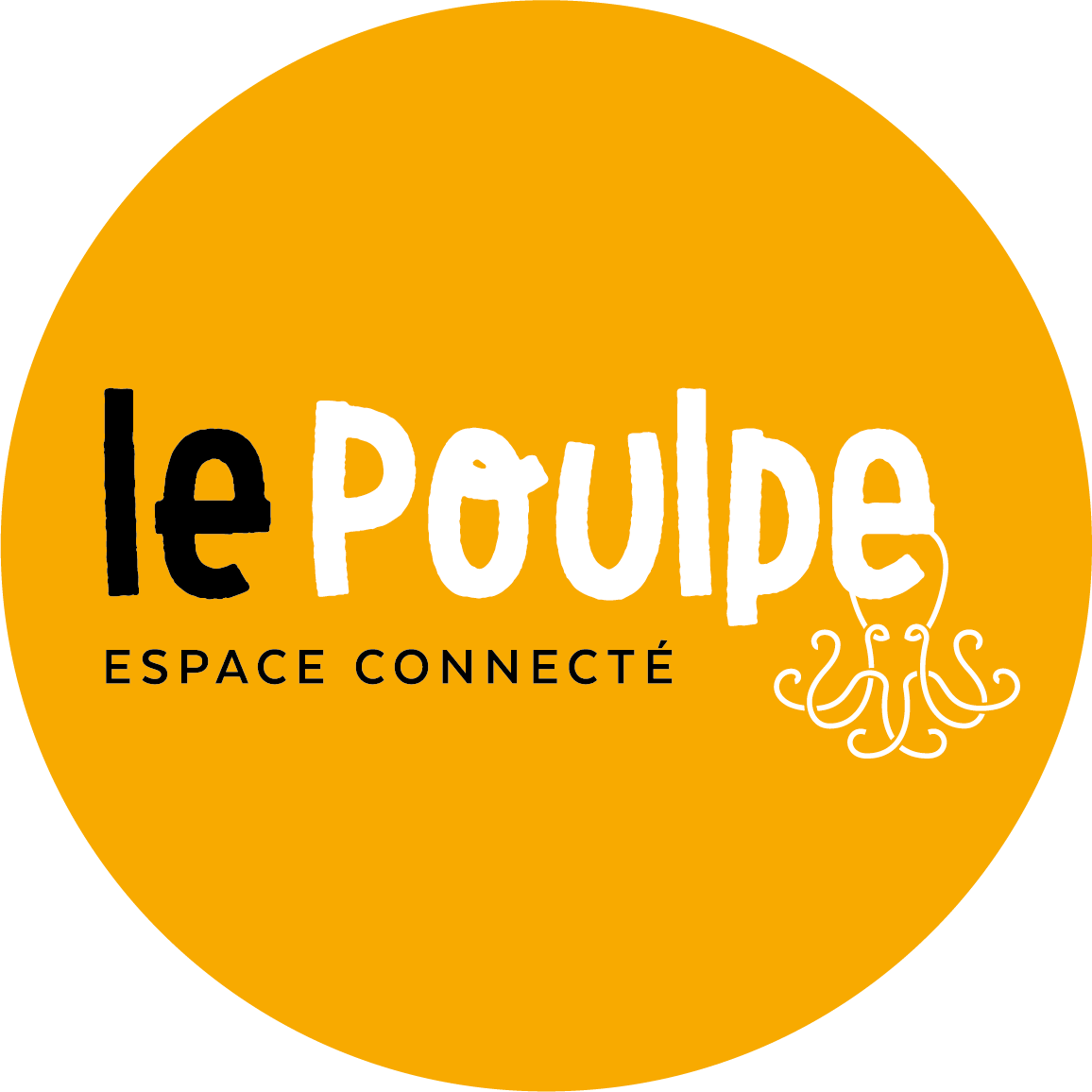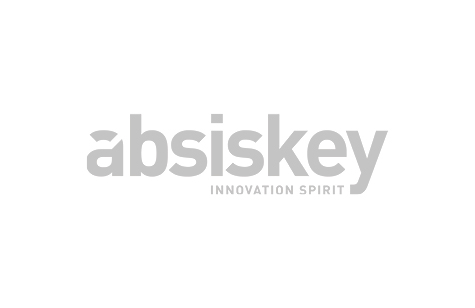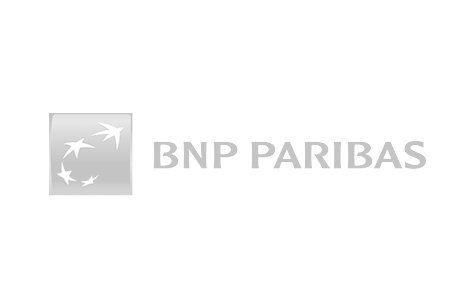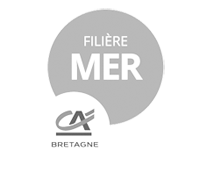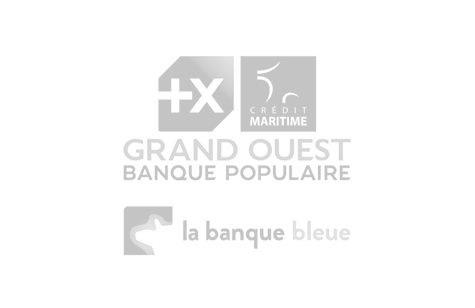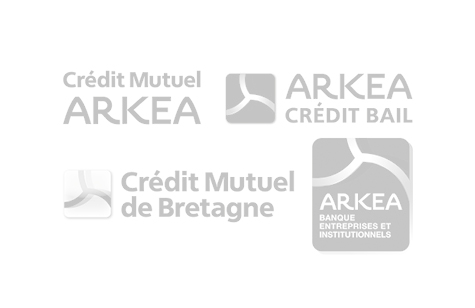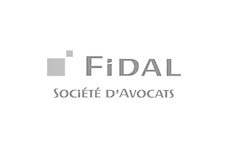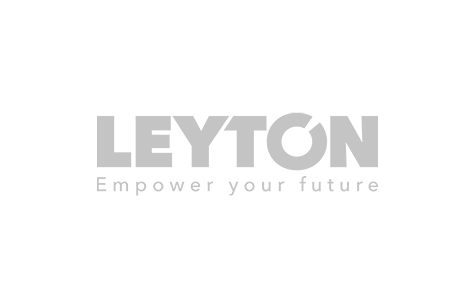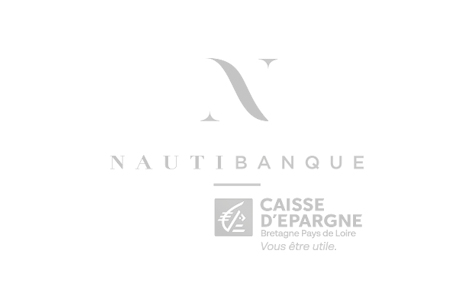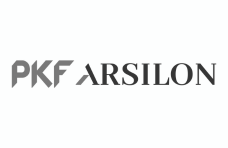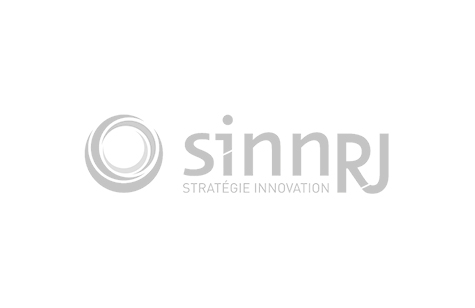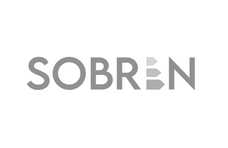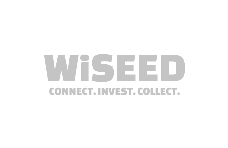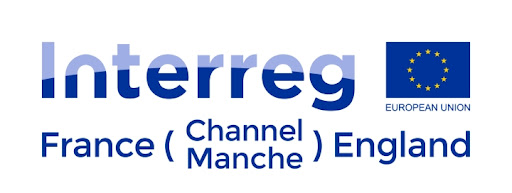The littoral is an ecologically rich and fragile space, and one which is highly prized. Its management is complex and requires a balanced and integrated approach to development.
-
AIMS
- Integrated acoustic monitoring of marine environment noise
-
ALMACEN
- Combating environmental crime using maritime big data from satellites
-
Ampera france
- Improving methods for assessing the risks and impact of accidental marine pollution
-
AQUAE
- Surveillance de la qualité d'eau et rémédiation : microcapteur multifonctionnel innovant
-
ARDECO
- Resilience of deep-sea corals
-
Autonomous Waste Cleaner
- Solution de récolte des déchets solides à la dérive à l’aide de drones autonomes capables de les concentrer dans une station de collecte
-
B-MAP-SAT
- Creating a cartographic service for mapping the shallow-water seabed
-
BAC-TRACK
- Real-time in-situ detection of bacterial pollution in the aquatic environment using portable fluorescence
-
BIIM
- The impact of particulate iron of hydrothermal and sedimentary origin on the marine biogeochemical cycle
-
BIOCOAST
- Surveillance of coastal natural environments
-
Biomango
- Understanding the role mangrove ecosystems play in French Guiana
-
Bitmap
- The role of trace metals in the marine ecosystem during their particulate phase
-
CALHYB
- Capteur Aérien léger couplé Lidar/HYperspectral pour la mesure de la Bathymétrie et la cartographie de la nature des petits fonds
-
Canopus
- Intelligent beacons for offshore undersea acoustic positioning and maritime surveillance
-
Cap enc
- Developing a sensor to measure fouling of underwater systems in the marine environment
-
CAPNAV
- Measuring pollution emitted by shipping
-
CEMAS
- Continuous Environmental Monitoring At Sea
-
CIGOEF
- Impact of climate change on global ocean ecosystems and fisheries
-
Co-sciences
- Fostering research based on social issues
-
COCORICO2
- Sustainable French shellfish farming in a world with high CO2 levels
-
Cocorisco
- Knowledge, Understanding and Management of Coastal Risks
-
Comet
- Competitive, autonomous subsea robots that operate in groups
-
DC2PORT
- Développement d’un edge-computing datacentre flottant pour les ports
-
DECIDER
- Combining dredging activity with maerl conservation in Brittany
-
DEEP BLUE
- High spectral purity blue laser diode for chemical analysis of the marine environment
-
DEEPER
- The impact of deep submesoscale processes on ocean circulation
-
DESPOT
- Positionnement de multiples AUVs dans la colonne d'eau jusqu'à 3000 mètres
-
DOLFIA
- Drones d’Observations Légers pour la Fouille, détection et Identification Automatisée
-
DRACCAR-MMERMAID
- Suivi de la mégafaune marine par une approche intégrée préfigurant un réseau d'observatoires
-
DUOS
- Dual Ocean Observing System
-
E-GEAR instrumenté
- E-GEAR Engin de pêche instrumenté et connecté
-
EBSM
- Valorisation d’Eco-Bétons de Sédiments Marins dans des applications marines et urbaines
-
Éco-mist
- Understanding the links between erosion of the continents and environmental changes
-
ECO2track
- Ocean currents carrying future solutions
-
Ecotab
- Predicting the effect of climate change on Arctic marine organisms
-
ELECTRO
- Nouvelle catégorie de petit avion électrique autonome et énergie propre
-
EMOCEAN
- Simulating ocean dynamics in high resolution from multimodal, multiscale databases
-
EPHEMER
- Les nageurs éphémères des parasites marins
-
Epure
- Climate disruption, a source of pollution in the fisheries sector
-
ESEA
- The new, 100% electric autonomous sediment extraction robot
-
ESTUAIRE
- Researching a multi-energy, multi-use smart grid for a port district
-
FIBERSCOPE
- Utilisation de fibres dans les câbles sous-marins pour l'observation des tremblements de terre, de l'océanographie physique et de l'environnement
-
FILASTERID
- Vers une filière innovante et durable pour la valorisation de la biomasse d’étoile de mer
-
Fin150
- Développement d’un moteur de bateau électrique à membrane ondulante
-
FOREVER
- Long-term sustainability of the flat oyster and its production in Brittany
-
GEOVIDE
- An international study of water and heat fluxes in the North Atlantic Ocean and Labrador Sea
-
Gigassat
- Understanding evolution in oyster ecosystems faced with climate change
-
Girac
- Intensive monitoring to deliver high quality bathing water
-
GreenShield
- Système de confinement acoustique et turbiditique pour les battages de pieux offshore
-
GWALENN DU
- Technology behind new, recyclbale moulds for leisure equipment
-
Hab-seachip
- Biosensors to detect harmful algae in marine environments
-
HABIS
- Efflorescences de microalgues toxiques (HAB) : une menace pour la durabilité des bivalves commercialement exploités ?
-
Hexeco
- Improved forecasting of the impact on the littoral of hurricanes and powerful storms
-
Hycare
- Improved monitoring of bilge-water hydrocarbon levels
-
ID-GF
- Développement de briques technologiques d’un imageur distribué grands fonds
-
ImMEDIAT
- Interplay between mesoscale dynamics and sea ice in the Arctic
-
Ipoc
- The combined effects of pollution an climate change on aquatic ecosystem production
-
IROCWA
- An integrated approach to the bioclimatic sensitivity of a shellfish species exploited in West Africa
-
ISOBAR
- Understanding the isolation mechanisms in marine isopods
-
LITTOGEOTHERM
- Recherche de ressources géothermales haute température en domaine littoral
-
LOUISE
- Infrared sensor to detect trace pollutants for use in ocean surveillance
-
Macroes
- Improving understanding of the global functionning of the ocean system
-
MAESTRIA
- Modélisation sismo-Acoustique des Explosions Sous-marines pour le Traitement des Risques d’Impacts Anthropiques
-
Marquopoleau
- Detecting the origin of coastal water pollution
-
MCGS
- Centre for spatial data-processing and oceanographic services
-
MEDISA
- Methodology for sizing wastewater systems
-
MeLODy
- Using artificial intelligence to better understand, model and predict the ocean-atmosphere interface
-
Mer calme
- Observing coastal marine environments using underwater acoustics
-
Mic GIVER
- Valorisation biotechnologique des micromycètes pour la bioremédiation environnementale
-
MICROPLASTIC
- Microplastics pollution – detection, risks and remediation at the land-sea interface
-
MISD
- Décrypter les voies de la dismutation microbienne des composés inorganiques soufrés chez des taxons d'origine hydrothermale
-
MOBILTOX
- An innovative biosensor solution to analyse the overall toxicity levels of aqueous effluent in real time
-
ModITO
- Modélisation des Ondes Internes Océaniques
-
Modnat
- Modelling hazardous natural phenomena for dimensioning marine structures
-
MONITOR
- MicrO-droNe bIodiversiTé sOus-maRine
-
MOORREEF
- Effet récif sur la biocolonisation de structures marines d’éoliennes offshores
-
MycoPLAST
- Identifying microbial communities associated with marine plastic waste and evaluating their bioremediation potential
-
Nacre
- Environmentally friendly ships
-
NAVIRE
- Navette A Voiles Innovante Rapide & Ecologique
-
NavTra
- NAVire de TRAvail pour la dépollution plastique fluviale et Océanique
-
NemoSens
- New design for micro-AUV platform
-
Noss
- Reliable and competitive salinity sensors for studying coastal waters
-
OASSYS
- Hybrid robotic yacht for autonomous ocean observation and surveillance missions
-
OceanoScientific® System
- Enhancing the scientific research vessel fleet
-
Ola
- Understanding the mechanisms of ocean turbulence
-
OPAD
- An innovative pleasure craft rally to raise crew awareness of biodiversity
-
OSCARABIS
- Tool for acoustic characterisation of natural resources and habitats in marine sediments
-
PAM-ASV
- Passive Acoustic Monitoring – Autonomous Surface Vehicle
-
PHENOMAP
- Ocean phytoplankton : bridging the phenotype gap
-
PHYCOVER
- Sustaianbly producing microalgae by recycling phosphorus and nitrogen from wastewater: Developing the treatment plant of the future
-
PHYTO
- Identification et caractérisation des souches locales de phytoplancton pour l’élevage d’espèces endémiques et d’intérêt commercial
-
Piccard
- Capteurs Electromagnétique et Photosensible pour les Abysses et leurs Enjeux
-
PLUME-SAT
- Measuring the impact of human activities at sea using satellite data
-
POLSEA
- Système d’imagerie pour améliorer la vision sous-marine et sécuriser les inspections
-
Precoc
- Predicting coastal ocean conditions
-
Previcot
- Real-time coastal forecasting designed for different maritime users
-
PROSE+
- Projet de Recherche Offshore Sismique et Electrique PLUS
-
Reefer Routes
- Optimisation du routage du navire Reefer
-
Remantas
- Water quality monitoring using an in-situ, real-time analysis method
-
RESIDENCE
- Développer les briques stratégiques pour la « résidence » afin de disposer d’un engin sous-marin fiable, précis et à faible coût, capable de demeurer en profondeur sans lien physique avec la surface
-
Rhomeo
- How do marine bacteria use light to produce carbon?
-
RICOCHET
- Multi-risk assessment of coastal areas in a context of global change
-
ROBOT-R2B2
- Robot disruptif sous-marin de nettoyage préventif des carènes de navire par traitement de surface innovant et écologique
-
Salto
- A rapid, effective method for identifying toxic algae
-
SAMI
- Valise d'intervention pour la surveillance des déversements accidentels
-
Samoc
- The role and function of the Southern Atlantic in global ocean circulation and climate
-
SAMOSA
- How does marine phytoplankton adapt to environmental changes
-
SDAMM
- Surveillance Décarbonée et Automatisée de la Mégafaune Marine
-
Sea test base
- Sea-based marine and undersea equipment R&D test platform
-
SEAMAP 2030
- Collecte, traitement et accès aux données sur les fonds marins
-
Seawander
- Plateforme opérationnelle d’appui à la recherche et à la collecte des objets flottants et d’évaluation des risques de collision dans les espaces maritimes
-
Simeo
- An eco-friendly buoy for marine vertebrate surveillance
-
SIMEO OFFSHORE
- Real-time data transmission from an offshore buoy for environmentally friendly monitoring of marine vertebrates
-
Simode
- Improving understanding of the oceans by modelling the wave breaking that disrupts radar measurements
-
SIMPLE
- Supplying real-time ocean meteorological data
-
Smart-PAM
- A subsea buoy for real-time acoustic observation of marine ecosystems
-
SPECTROBS
- Développement d'outils spectroscopiques pour l'évaluation de la qualité de l'environnement marin : application à la moule marine (Mytilus edulis)
-
Straces
- Optimising detection of trace marine pollutants
-
SURIMI
- Metallic ion sensors adapted to any environment
-
SWINGS
- Oceanographic mission to study nutrient sources, sinks and distribution processes in the Southern Ocean
-
Synbios
- Understanding ocean dynamics around the continental slope
-
TaxCy
- Une taxonomie intégrative pour élucider les liens entre écologie et évolution des α-cyanobactéries, un composant majeur des communautés microbiennes aquatiques
-
TROPHIK
- Modelling the impact of wind farms on the trophic functioning of the coastal ecosystem
-
Trophimatique
- Small-scale field instruments for validating hydrological indicators
-
Vecop
- Recycling seashell by-products for use in constructing pervious urban paving
-
VERDIR
- An energy dividend from island waste
-
VOIE BLEUE
- Économie circulaire des déchets de bateaux de plaisance
-
WAVAIS
- Indicateur temps-réel déduit de l'analyse de données AIS fournissant une information sur les états de mer
-
Xpra
- Artificial reefs for protecting fishing around offshore wind farms




